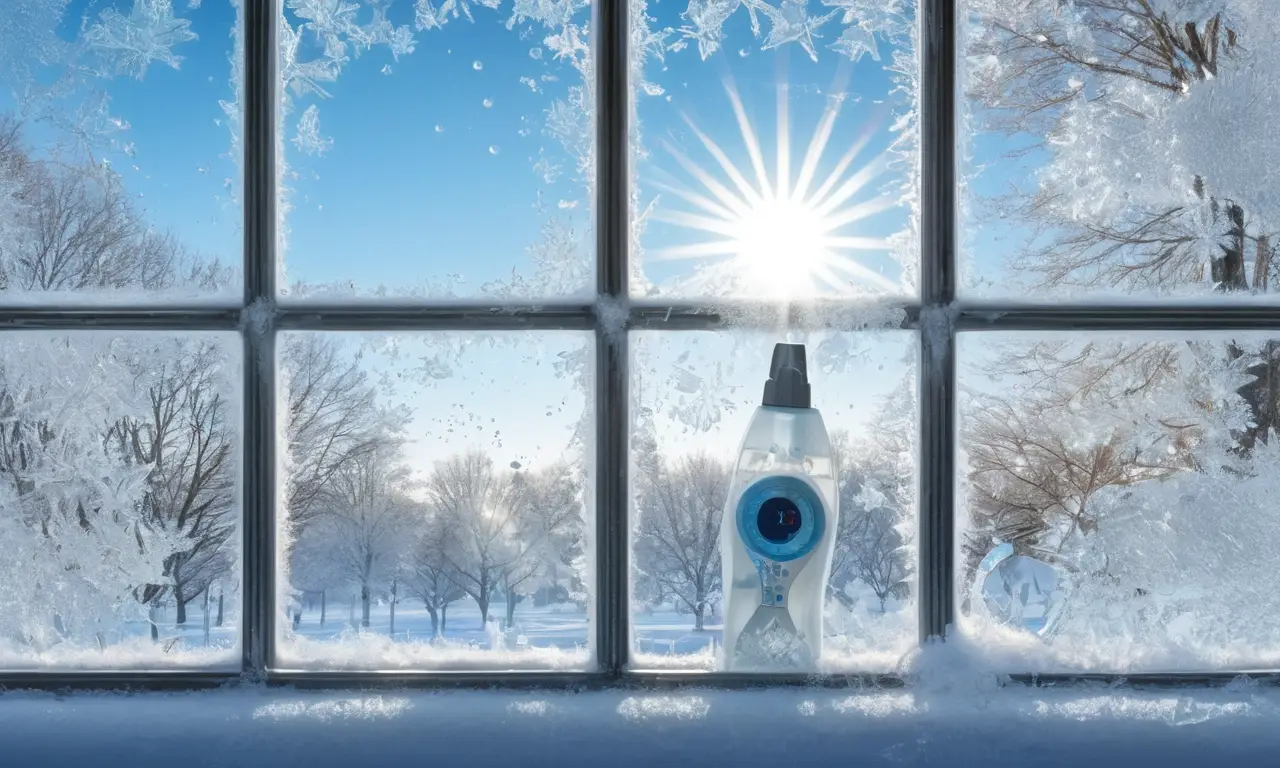
Frozen windows can be a frustrating problem, especially when you need fresh air or are trying to get in and out of your home. The cold weather can cause condensation to freeze on the window pane, making it difficult or even impossible to open. Luckily, there are several safe and effective methods for thawing a frozen window and getting it back to normal.
This article will guide you through the common problems associated with frozen windows, explore various thawing techniques, discuss the benefits of using de-icer sprays, emphasize safe thawing practices, and provide valuable tips on preventing future freezing. By following these steps, you can easily overcome the challenge of a frozen window and ensure proper ventilation in your home.
Frozen Window Problems
Frozen windows can present several inconveniences and potential issues. The most obvious problem is the inability to open the window, which can restrict airflow and trap stale air inside your home. This lack of ventilation can lead to discomfort, poor indoor air quality, and even moisture buildup, potentially causing mold or mildew growth.
Furthermore, a frozen window can create safety hazards. If you need to quickly exit your home in an emergency, a frozen window could impede your escape. Additionally, the ice buildup on the window pane can weaken the glass, making it more susceptible to breakage if subjected to force or impact.
Thawing a Frozen Window

There are several effective methods for thawing a frozen window. One of the simplest and most common techniques is using a hairdryer on low heat. Direct the warm air stream towards the frozen area, focusing on the edges where the ice is most concentrated. Be sure to keep the hairdryer moving to avoid overheating any one spot.
Another method involves applying warm water or a towel soaked in hot water to the affected area. Wrap the towel around the window frame and leave it in place for several minutes to allow the heat to penetrate the ice. You can also use a spray bottle filled with warm water and mist the window pane directly. Remember to avoid using boiling water, as this could cause thermal shock and damage the glass.
De-icer Sprays for Windows
De-icer sprays specifically designed for automotive use can be highly effective in thawing frozen windows. These sprays contain chemicals that lower the freezing point of water, allowing the ice to melt quickly and easily. Simply spray the de-icer onto the affected area and allow it to work its magic.
When using de-icer sprays, always follow the manufacturer’s instructions carefully. Some sprays may require a waiting period before opening the window, while others may need to be applied multiple times for optimal results. Additionally, avoid spraying de-icer directly on painted surfaces or rubber seals, as it could damage these materials.
Safe Thawing Methods

When thawing a frozen window, it’s crucial to prioritize safety and avoid using methods that could cause damage or injury. Never use excessive force to try and pry open the window, as this can crack the glass. Similarly, avoid using sharp objects like knives or screwdrivers to break up the ice, as these tools can also damage the window frame or surrounding area.
Always wear protective gloves when handling hot water or de-icer sprays to prevent burns. Be cautious when working near electrical outlets or appliances, and ensure that any cords or wires are kept away from water to avoid electrical hazards.
Preventing Future Freezing
To minimize the risk of future frozen windows, consider implementing some preventative measures. Ensure that your window frames are properly sealed to prevent drafts and air leaks. Caulk any gaps or cracks around the window perimeter, and check weather stripping for wear and tear.
During cold weather, keep your home’s humidity levels in check by using a humidifier or running exhaust fans to prevent condensation buildup. Consider installing storm windows or insulating curtains to provide an extra layer of protection against the cold.
Conclusion
Frozen windows can be a common nuisance during colder months, but with the right knowledge and techniques, you can easily thaw them and restore proper ventilation to your home. By understanding the causes of frozen windows, exploring various thawing methods, prioritizing safety precautions, and implementing preventative measures, you can keep your windows functioning smoothly throughout the year. Remember, a little effort can go a long way in preventing frozen window woes and ensuring a comfortable and safe living environment.
